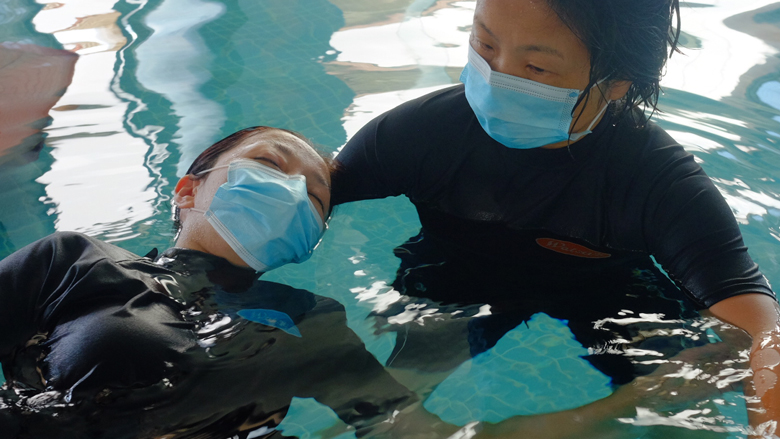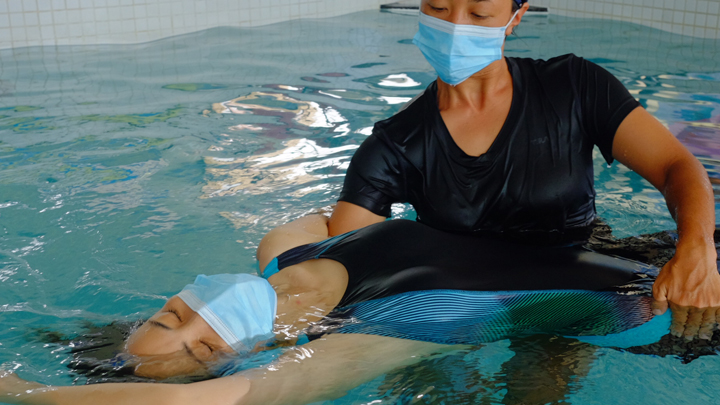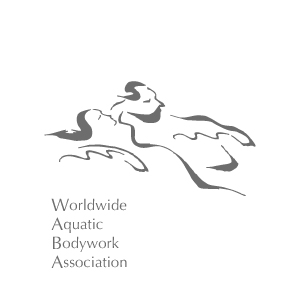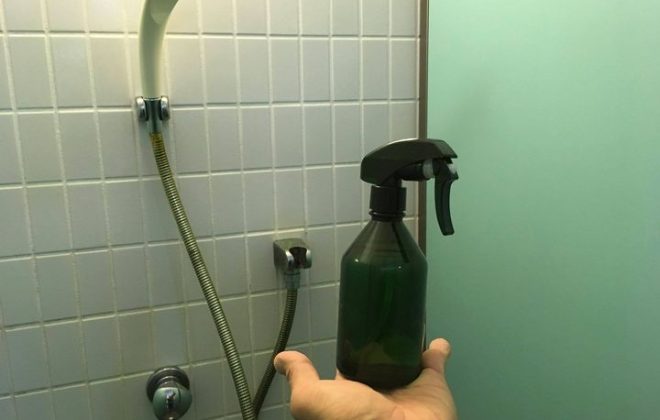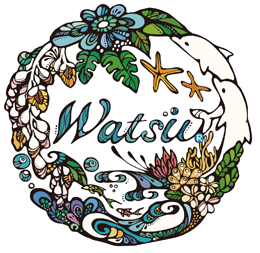DIY The Beak. Facemask frame for Watsu
Protection Measures for COVID-19
Do we have to wear facemasks in Watsu sessions?
Well, we have to.
Here’s more information.
>>> Protective Measures during COVID-19
The Beak
The Beak is a plastic frame you can place under a regular mask. The Beak will keep a space for your nose and mouth. Even when the mask gets wet, it won’t stick to your skin and you can breathe through it easily.
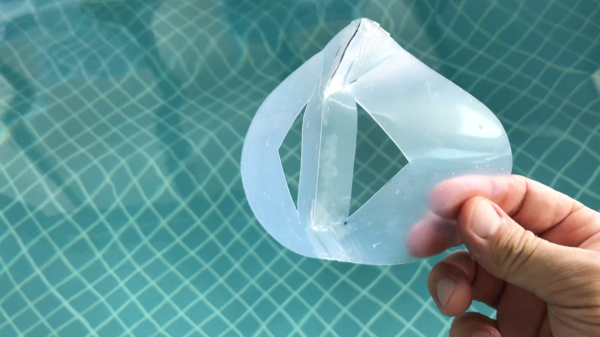
And you can make it easily out of a regular plastic folder. You can use the colored one if you want too. Here’s an instruction video.
Download
Download the pdf file for the pattern sheet.
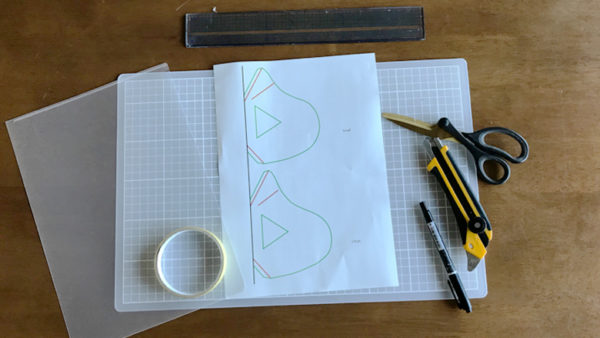
Precautions
Is the mask effective when wet?
According to the mask manufacturers, these disposable surgical masks are made of non-woven fibers which is a tighter filter than most cotton mask. Plus, many masks (good masks) use electrified fabric to enhance filter effectiveness. When you get it wet or washed, it will lose the static electricity, therefore, no filter enhancement. These manufacturers were trying to explain why these disposal surgical masks should not be reused. Another mask manufacturer tells that it’s supposed to be disposed within a day because even the moisture of your breath can eliminate the electrons.
Other than that, I haven’t found any evidence or reasoning that the wet mask doesn’t work. To my latest findings, a wet surgical mask is still better than (or at least, as good as) a cotton mask. It’s no perfect protection, but we have a choice here. American CDC does recommend cloth masks for general protection. (Presumably, not because cotton masks are effective, but because they want the surgical masks to be reserved for the first responders. Cloth masks are still effective to prevent big droplets.)
As far as I know, many governments encourage to wear masks in public space, but they don’t specify what kind of mask they should wear. On the other hand, I see no medical professionals working with a cotton mask (not happily, at least). I think we are playing somewhere between a cotton mask and a medical D95 mask (dry), and it comes to a question where you can accept to play at.
It depends on the judgment of you personally, of your local community, and of your country, about how to fight the pandemic, whether you aim toward zero infection or you aim to manage the infection within your medical capacity.
It also depends on how much medical capacity is available at the time in the country. I would not do Watsu sessions in any way if it is speculated that we may be getting close to our medical capacity, or even before that. And also, it depends on if you and your clients have potential high risks. The stats say that, though currently we have no vaccine and no new drugs or treatments for COVID-19, more than 99% of the infected survive as long as the medical service is available. But I would probably not provide Watsu in a mask if my client has a potential high risk.
But I may change my opinion later as I learn more. Always learning.
Adjust Positions
It’s nice to have a couple of different models of the Beak for your clients to choose from. Encourage your clients to find the best fit with each model. Adjust the position to have no edgy contact, especially on the chin, the nose, and the cheekbone. A little edge can create pain an hour later.
Psychological consideration
It may sound funny if you are good in the water, but wearing a mask can create a psychological problem when you float on the water.
In Watsu sessions, we try to keep the head as low as possible in the water, and the clients should be able to roll the head when they want to. As a result, sometimes the water line comes close to the receiver’s mouth and nose. If you are NOT wearing a mask, and if you are relaxed as you roll your head, you don’t care much about the waterline. But a funny thing is, when you are wearing a mask and roll your head, you feel like “Holy cow!! The water is coming into my mask!!”
Those who are afraid of water will be like “It’s my first time to receive Watsu. I can’t swim. There’s nothing to hold onto. And I will float with my eyes closed?” On top of that, wearing a mask may sound just as suicidal.
We have to pay attention to this fear.
They need practice. They need time to adjust.
After wearing the mask with the Beak, as we are in a sitting position, we should practice wetting the mask by submerging the mouth into the water in breath rhythm. Let them experience the water coming in the mask and they can still breathe through the wet mask.
After starting the session, maybe within 5 to 10 minutes, you should stand the client up and ask how they feel and how the mask is positioned with no stress. If the client feels anything uncomfortable, they should express and adjust it now. Sometimes just talking may reduce their nervousness too.
We should gradually but actively engage the client into Watsu. If we let them just float, they may only focus on the mask that is making them nervous. There’s a big psychological shift that happens for nervous first-timers at the beginning of the session. First, they only focus on what makes them nervous. But you start applying movements slowly, gradually, carefully, and with clarity, and then they shift their focus to what makes them feel good. And before they notice, they start letting go of what they held onto. Fear for the water, fear for manipulation, fear for being inappropriate, fear for getting nothing, and fear for the mask. The mask is just one more element that we work to help them release.
Backup Plan
In spite of all our efforts and considerations, your receiver may give up and say “Look, there’s no way I can breathe in this.”
Well, we don’t want to cancel the session at half-way.
Let’s work on a backup plan.
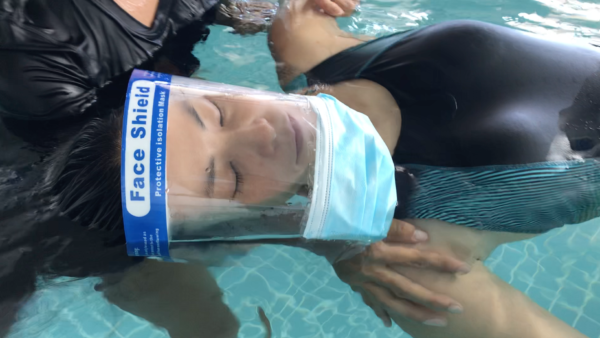
What do you think?
In spite of a little odd look, 5 of us tested the face shield and liked it. Because there is no contact on the face. The psychological pressure is much less, especially after trying the mask.
We have to admit that the aerosol prevention is not much. It doesn’t cover the face completely.
We should realize that the virus can travel on the aerosol particles where the air flows. And it takes a certain volume of viruses to get people infected. When you are calmly breathing, you are not creating many aerosols. We feel pretty safe doing a session with this. Maybe our judgment has got something to do with the level of caution for this virus in our local community.
Anyway, each of us should make our own decisions. If you don’t feel safe with the face shield, you should have the courage to cancel the session at the time you gave up with the mask. Or, give enough information beforehand that the session will be done with a mask on and the cancellation should cost 100% or whatever you call.
We think it’s a good option but we will keep this as our backup plan. We leave it to the therapist whether or not to use this with the client.
How to make the face shield
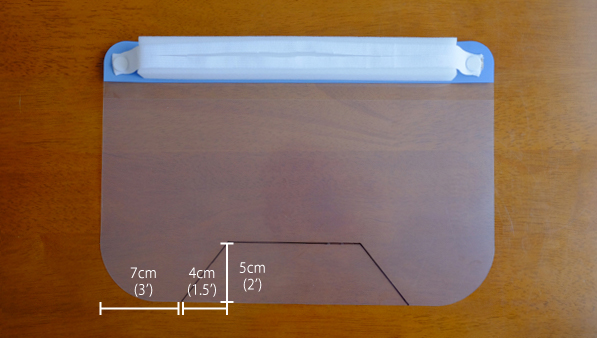
The shield will be rounded and the bottom edge will be bridged.
Cut the bottom center for an airway which will be covered by a mask.
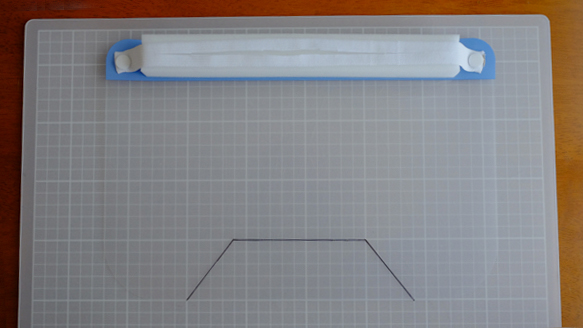
The work is easy if you have a grid sheet like this.
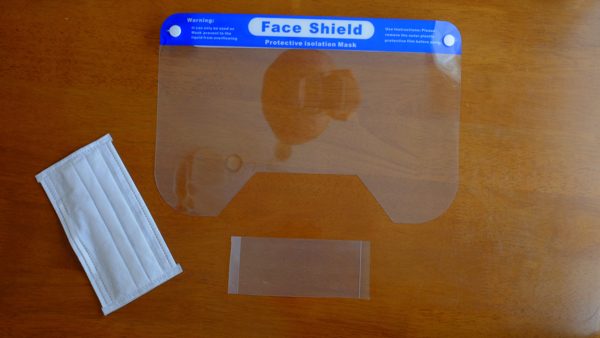
The bridge can be cut out from what is left of a plastic folder from making the Beak.
6cm (2.5′) high, 13cm (5′) wide, plus extra for overlap.
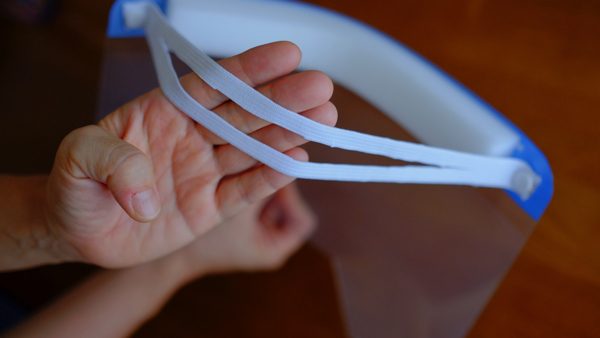
The rubber bank can be cut in half for a better grip.
When you put it on, separate the rubber band and pull out the hair.
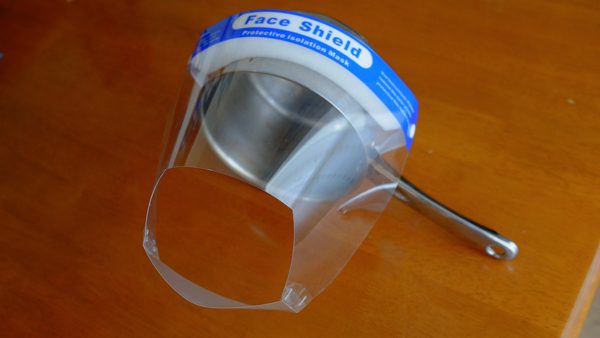
It’s easy to work with the bridge if you have a pot or something like this.
The bridge is best to be stapled.
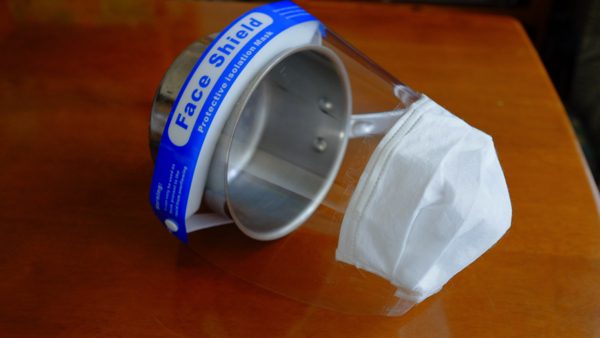
The mask can be taped. It needs to be changed every time.
Let us know if you have any questions.
We’d love to help you.
Good luck to you all Watsuers!

